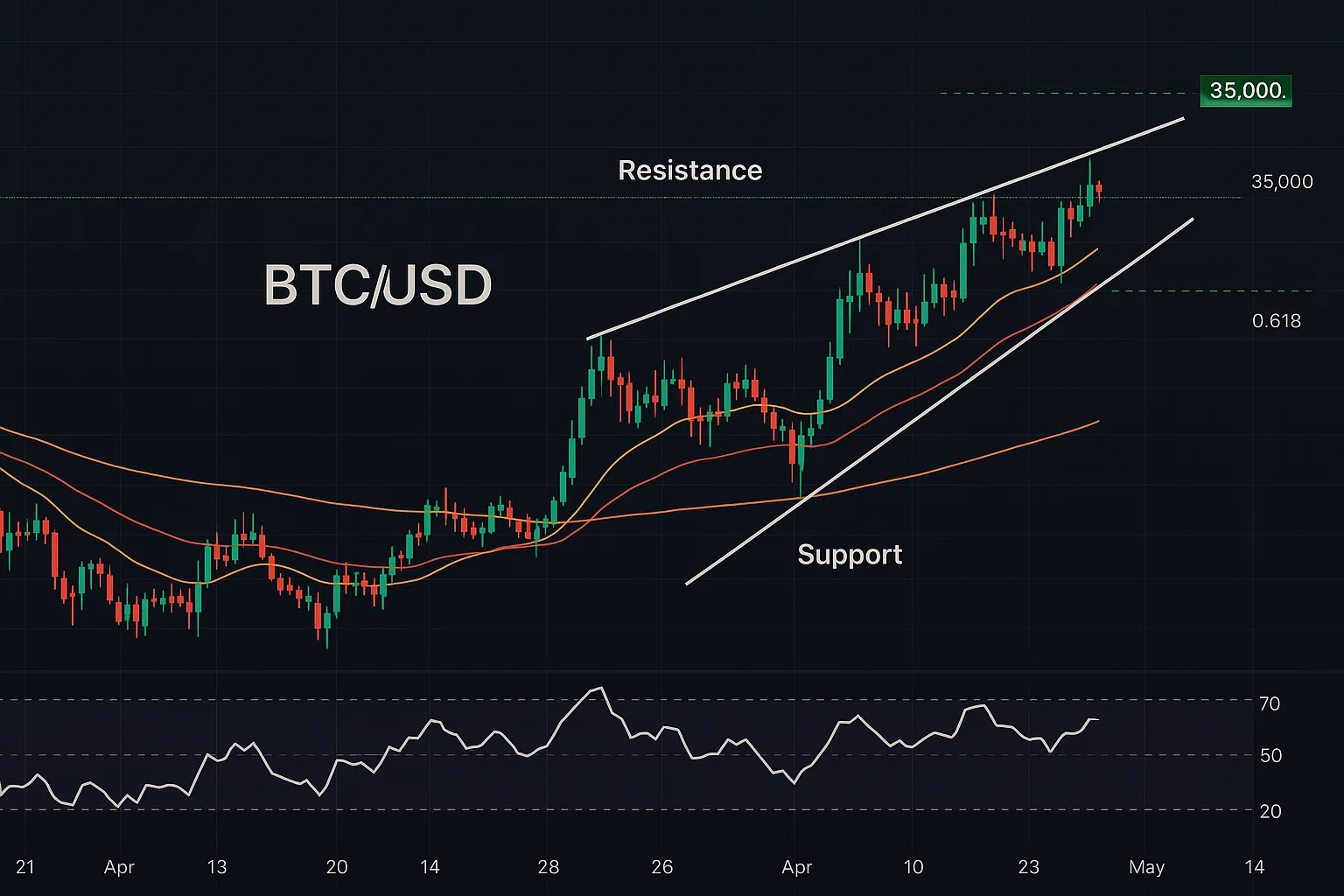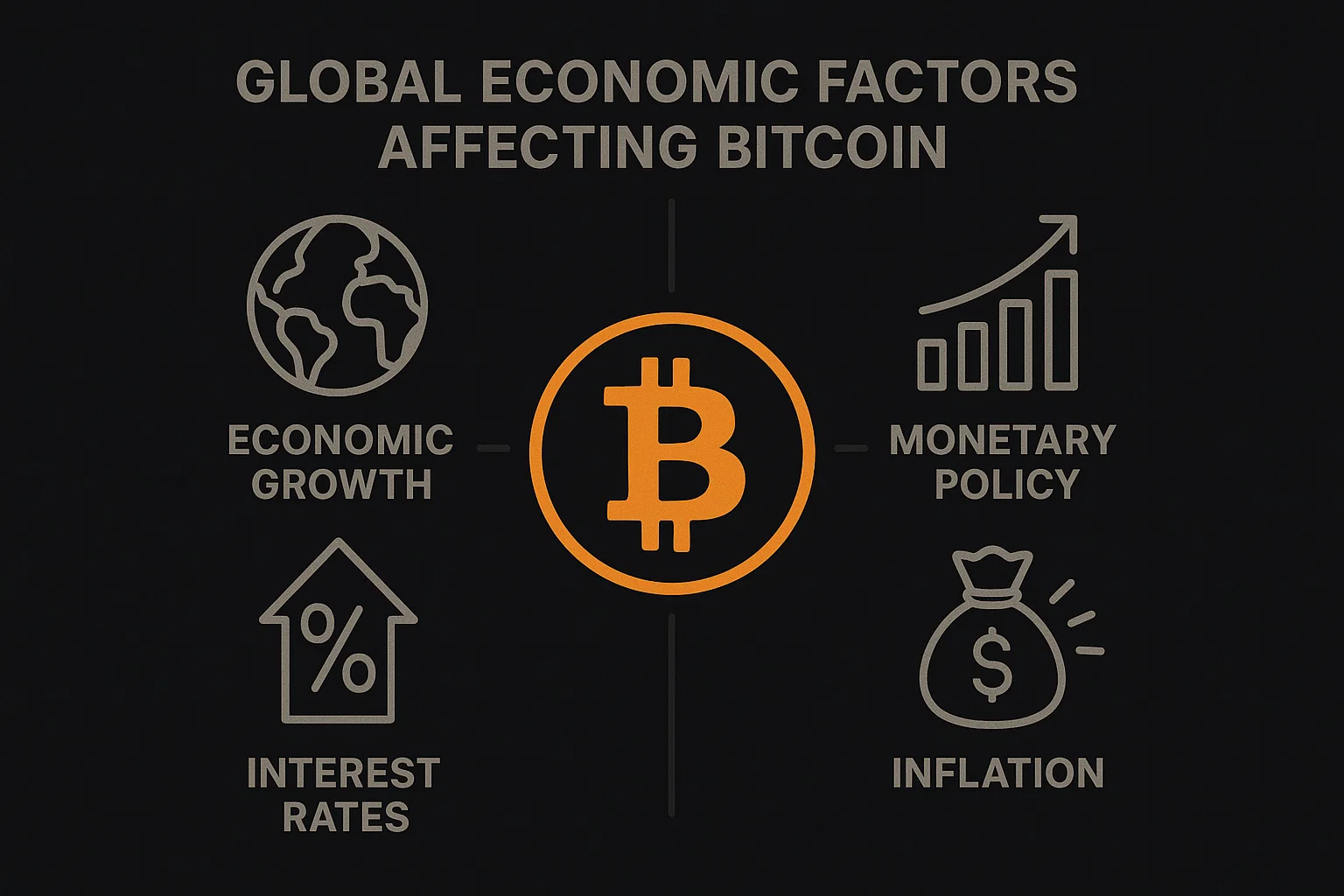The Bitcoin price today has witnessed a notable decline, dropping below the psychological $112,000 threshold. This downturn comes at a critical juncture as investors brace themselves for the release of key US economic indicators that could substantially impact digital asset valuations. The leading cryptocurrency’s recent price action reflects growing uncertainty in the broader financial markets, with traders closely monitoring Federal Reserve policies, inflation data, and employment statistics that traditionally influence risk-on assets, such as Bitcoin.
Market analysts are attributing this Bitcoin price movement today to a combination of profit-taking activities and cautious positioning ahead of pivotal economic announcements. The digital currency, which has demonstrated remarkable resilience throughout 2024, now faces a crucial test as macroeconomic factors increasingly drive trading decisions. Understanding these dynamics is essential for investors seeking to navigate the complex intersection of traditional finance and cryptocurrency markets.
Current Bitcoin Market Analysis
Bitcoin Price Today: Technical Overview
The Bitcoin price today reflects a bearish sentiment that has emerged over the past 24 hours, with the cryptocurrency experiencing a decline of approximately 3.2% from its recent highs. Technical analysis indicates that BTC has broken below several key support levels, including the $112,000 mark, which many analysts considered crucial for maintaining bullish momentum.
Trading volume has increased significantly during this decline, suggesting that the selling pressure is genuine rather than a result of low liquidity. The Relative Strength Index (RSI) has entered oversold territory, suggesting that a potential bounce may be on the horizon if buying interest emerges at current levels.
Market Capitalization Impact
The decline in Bitcoin price today has resulted in a substantial reduction in the cryptocurrency’s market capitalization, affecting the broader digital asset ecosystem. This movement has created ripple effects across altcoins, with many experiencing even steeper declines as investors seek safety in traditional assets or cash positions.
The correlation between Bitcoin and traditional markets has become increasingly pronounced, with the cryptocurrency moving in tandem with equity indices and bond yields. This trend underscores the growing institutional adoption of Bitcoin and its evolution from a speculative asset to a legitimate component of diversified investment portfolios.
Key US Economic Data Influencing Bitcoin
Federal Reserve Policy Implications
The Bitcoin price today is heavily influenced by expectations surrounding Federal Reserve monetary policy decisions. Upcoming economic data releases, including inflation metrics, employment figures, and GDP growth rates, will provide crucial insights into the central bank’s future policy direction.
Interest rate expectations play a pivotal role in Bitcoin’s valuation, as higher rates typically reduce the attractiveness of non-yielding assets, such as cryptocurrencies. Conversely, dovish monetary policy tends to support Bitcoin prices by increasing liquidity in the financial system and reducing the opportunity cost of holding digital assets.
Inflation Data and Bitcoin Correlation
Historical data suggests a complex relationship between inflation metrics and Bitcoin price today movements. While Bitcoin is often marketed as a hedge against inflation, short-term price action frequently contradicts this narrative, with the cryptocurrency sometimes declining alongside traditional risk assets during periods of economic uncertainty.
The upcoming releases of the Consumer Price Index (CPI) and Producer Price Index (PPI) will be closely watched by Bitcoin traders and investors. These indicators provide insight into the Federal Reserve’s potential policy responses and can significantly impact risk appetite across financial markets.
Employment Statistics Impact
Labor market conditions significantly influence Bitcoin price today through their effect on monetary policy expectations. Strong employment data typically supports expectations for tighter monetary policy, which can pressure Bitcoin prices lower. Conversely, weaker employment figures may signal continued accommodative policy, potentially supporting cryptocurrency valuations.
The relationship between employment data and Bitcoin prices has evolved as institutional participation in cryptocurrency markets has increased. Professional investors now consider employment statistics as fundamental drivers of Bitcoin valuation, alongside traditional technical analysis factors.
Technical Analysis of Bitcoin Price Movements
Support and Resistance Levels
The current Bitcoin action has established several key technical levels that traders are closely monitoring. The immediate support zone around $110,000 represents a critical level that could determine the short-term direction of Bitcoin’s price movement.
Resistance levels have formed around $115,000 and $118,000, with the latter representing the previous all-time high that Bitcoin briefly surpassed before the current correction began. Breaking above these levels would likely signal a resumption of the bullish trend that has characterized Bitcoin’s performance throughout much of 2024.
Moving Average Analysis
The Bitcoin price today has fallen below several essential moving averages, including the 50-day and 100-day exponential moving averages. This development suggests that the medium-term trend may be shifting from bullish to neutral or bearish, depending on how quickly Bitcoin can reclaim these technical levels.
Volume analysis reveals that the recent decline has been accompanied by above-average trading activity, indicating genuine selling pressure rather than a lack of buying interest. This pattern suggests that the current correction may continue until Bitcoin finds substantial support from value buyers.
Momentum Indicators
Momentum oscillators are providing mixed signals for the Bitcoin price today. While the RSI suggests oversold conditions that could lead to a short-term bounce, the Moving Average Convergence Divergence (MACD) indicator shows continued bearish momentum that may persist in the near term.
The Bollinger Bands have expanded significantly during the recent volatility, indicating increased uncertainty and the potential for continued large price movements in either direction. Traders are advised to exercise caution and implement effective risk management strategies in light of the current market conditions.
Institutional Sentiment and Bitcoin Adoption
Corporate Treasury Holdings
Corporate adoption trends and institutional investment flows increasingly influence the Bitcoin price today. Several publicly traded companies have announced the purchase of Bitcoin for their treasury reserves, providing a fundamental floor for cryptocurrency demand.
However, some corporations have also indicated that they may reduce their Bitcoin holdings if market conditions deteriorate further or if regulatory uncertainty increases. These corporate decisions can significantly impact Bitcoin price today, particularly given the prominent positions held by some companies.
ETF Flows and Market Impact
Bitcoin exchange-traded funds (ETFs) have become major drivers of Bitcoin price volatility today. Daily flows into and out of these investment vehicles provide real-time insights into institutional sentiment and can predict short-term price movements.
Recent ETF flow data suggests mixed sentiment among institutional investors, with some funds experiencing outflows while others continue to attract new capital. This divergence reflects the ongoing debate about Bitcoin’s role in professional investment portfolios and its correlation with traditional asset classes.
Regulatory Environment Considerations
The regulatory landscape continues to evolve, with potential implications for Bitcoin price today and long-term adoption prospects. Recent statements from regulatory authorities have provided both positive and negative signals for the cryptocurrency industry.
Clarity around taxation, custody requirements, and trading regulations remains a key factor influencing institutional adoption rates and, consequently, Bitcoin’s price stability and growth potential.
Global Economic Factors Affecting Bitcoin
International Market Dynamics
Bitcoin price today is not solely determined by US economic factors, as global market conditions are playing an increasingly important role in cryptocurrency valuations. Economic developments in major economies, such as China and the European Union, as well as emerging markets, can significantly impact Bitcoin’s demand and supply dynamics.
Currency devaluation concerns in various countries have historically driven Bitcoin adoption as individuals and institutions seek alternative stores of value. Current global economic uncertainties may continue to support long-term demand for Bitcoin, despite short-term price volatility.
Central Bank Digital Currency (CBDC) Competition
The development of central bank digital currencies represents both a challenge and an opportunity for Bitcoin’s price movements today. While CBDCs may compete with cryptocurrencies for specific use cases, they also validate the concept of digital money and may increase overall adoption of digital assets.
The timeline and features of various CBDC implementations will likely influence Bitcoin’s value proposition and market positioning in the coming years.
Market Outlook and Price Predictions
Short-term Projections
Technical analysis suggests that Bitcoin price today may continue to experience volatility in the near term, with potential support levels around $108,000 and $105,000. A break below these levels could signal further downside toward the $100,000 psychological support level.
However, oversold conditions and potential positive economic data surprises could lead to a rapid recovery if buying interest emerges at current levels. The cryptocurrency’s historical tendency to recover quickly from corrections supports this optimistic scenario.
Medium-term Considerations
The medium-term outlook for Bitcoin price today depends mainly on the resolution of current macroeconomic uncertainties and the pace of institutional adoption. Continued corporate treasury allocations and ETF inflows could provide strong fundamental support for Bitcoin prices.
Regulatory clarity and the development of cryptocurrency infrastructure are also likely to influence Bitcoin’s medium-term price trajectory and overall market acceptance.
Long-term Fundamentals
Long-term Bitcoin price projections remain optimistic among many analysts, despite current volatility. The cryptocurrency’s fixed supply schedule, growing institutional adoption, and potential role as a global reserve asset support bullish long-term price targets.
However, technological developments, regulatory changes, and competition from other digital assets could impact these projections.
Risk Management Strategies for Bitcoin Investors
Diversification Approaches
Given the volatility demonstrated by the Bitcoin price today, investors should consider appropriate diversification strategies that account for the cryptocurrency’s correlation with other asset classes during periods of stress. A portfolio allocation to Bitcoin should reflect an individual’s risk tolerance and investment objectives.
Dollar-cost averaging strategies have proven effective for long-term Bitcoin investors, helping to smooth out the impact of short-term price volatility while building positions over time.
Technical Analysis Tools
Successful Bitcoin trading requires comprehensive technical analysis that goes beyond simple price charts. Bitcoin price today movements can be better understood through the use of multiple time frame analysis, volume indicators, and sentiment measurements.
Risk management techniques, such as stop-loss orders and position sizing, are essential for preserving capital during periods of high volatility, like the current market environment.
Conclusion
The Bitcoin price today declined below $1,112, marking a significant development in the cryptocurrency market, which highlights the growing influence of traditional economic factors on digital asset valuations. As investors await key US economic data releases, the intersection of monetary policy, inflation expectations, and employment statistics will likely continue to drive Bitcoin price movements in the short term.
Despite current volatility, the fundamental case for Bitcoin adoption remains strong, supported by continued institutional interest, corporate treasury allocations, and growing regulatory clarity. Long-term investors should focus on these underlying trends while implementing appropriate risk management strategies to navigate short-term market turbulence.


